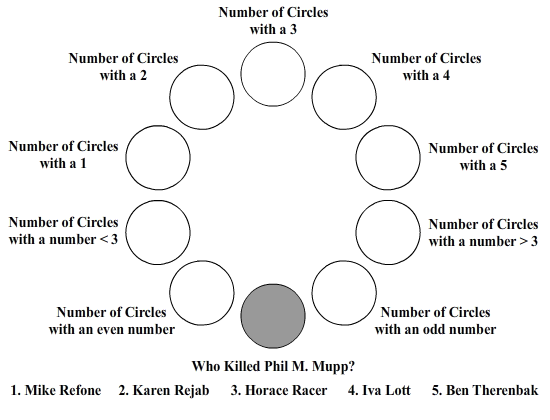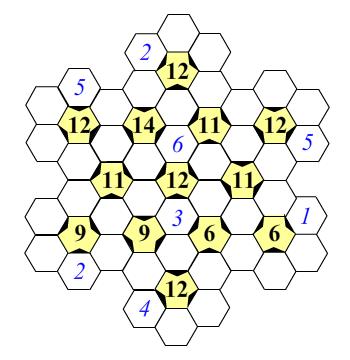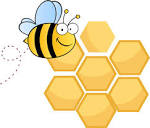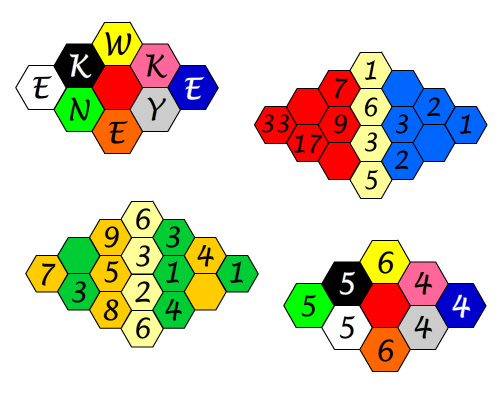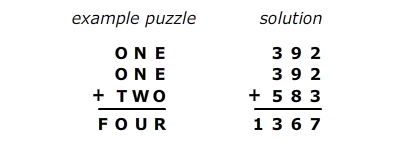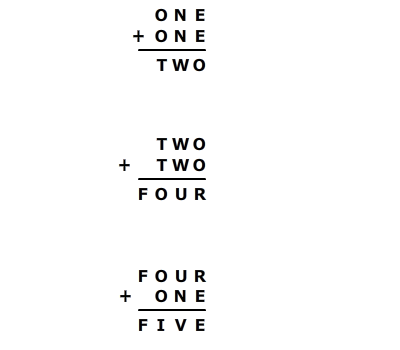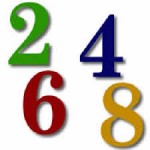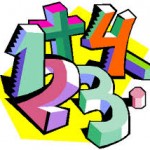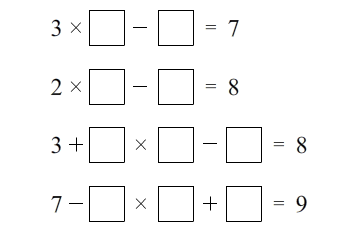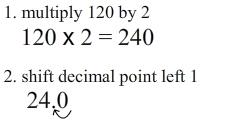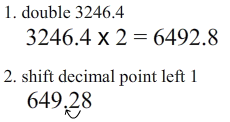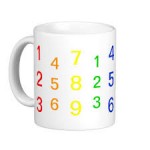
“You don’t have to be a mathematician to have a feel for numbers.” – John Forbes Nash, Jr.
Today’s puzzle is another original puzzle that I’ve named What Goes Where Puzzles. It’s all about number sense. For this puzzle, you need to understand even and odd numbers as well as multiples (of 3 only). I developed these puzzles to assist children in developing their number sense.
The puzzles are pretty straightforward. You need to put the numbers 1 through 9 into the empty circles using the hints provided. It’s important to use the numbers (1 through 9) once and only once. Once you have filled in each circle with a number from 1 through 9, check by reviewing each hint to ensure your answers match.
Here’s today’s puzzle and good luck!
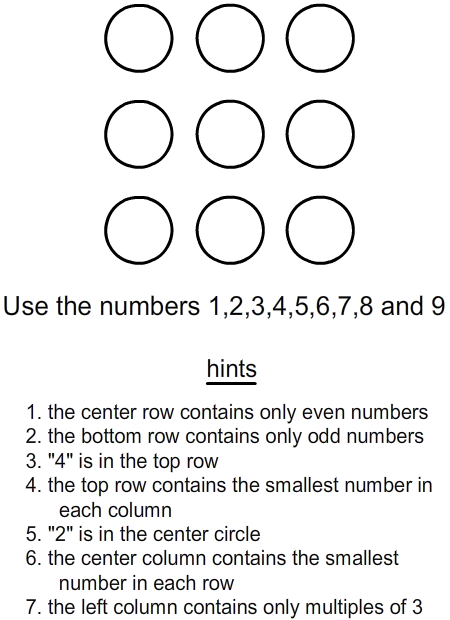
I love these puzzles, as they develop number sense while encouraging reading, understanding and following directions. I wrote a book of 100 What Goes Where Puzzles available on Amazon.com – please take a look and pass this onto others.
Good Luck and pass the puzzles onto others who may enjoy them!



